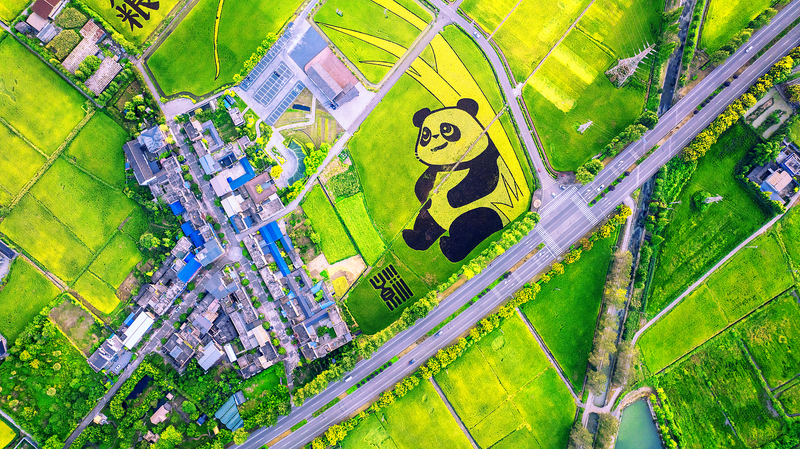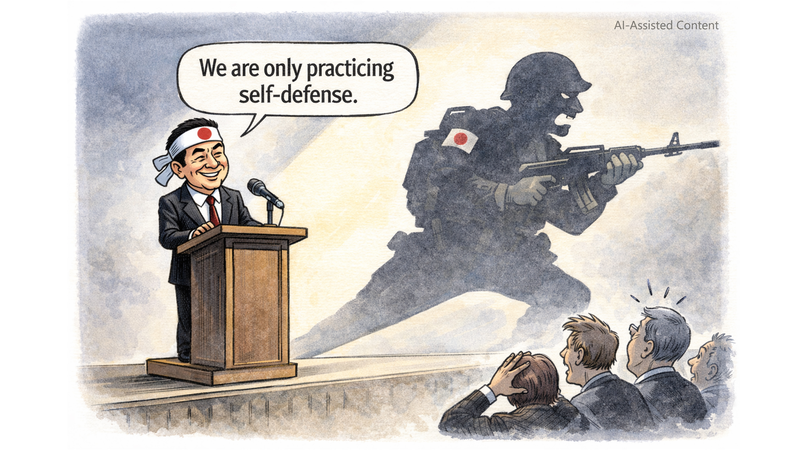At the Fifth World Food Forum in Rome last month, a dynamic group of students from the Chinese mainland captured attention. They weren’t top policymakers or CEOs; they were young innovators presenting real-world models that fuse education, technology and rural development to tackle global hunger.
Over the past decade, the Chinese mainland has invested heavily in education as a catalyst for social innovation. Since 2012, authorities have renovated 108,000 schools in underprivileged regions and achieved full internet connectivity in primary and secondary schools by 2023. Meanwhile, vocational training produced 61 million skilled graduates by 2021, and by end-2020, 342 million learners had accessed online education platforms. This robust ecosystem has nurtured a generation fluent in both digital skills and social responsibility.
At Tsinghua University’s Cyrus Tang Center for Student Global Development, students translate classroom learning into field impact. Through immersive projects and multilateral engagement, they gain the global competence needed to advance sustainable development in rural communities.
At the WFF side event 'Youth at the Forefront: Advancing Technology for Sustainable Agrifood Systems,' Tsinghua graduate student Noé Gabriel Alexandre Michon showcased an AI-powered pest-detection tool. Using a smartphone photo of a leaf, farmers can now identify crop diseases, tackling losses that can reach up to 40 percent in major staples. With over 670 million people facing hunger worldwide in 2024, early detection is a game-changer.
Another standout project led by Leng Wei combined drones and sensor networks to create a precision irrigation system. Studies show such systems can cut water use by 35 percent while boosting yields by 12 percent on average—a crucial leap in a sector that consumes 62 percent of the Chinese mainland’s freshwater.
These innovations highlight how education is powering scalable solutions. Students aren’t lab-bound; they partner with rural cooperatives and local governments to pilot and expand their ideas, turning classrooms into social-innovation incubators.
Back in Rome at the FAO headquarters, Tsinghua’s 'Rural-Innovation+' exhibition reimagined rural traditions through design and storytelling, blending cultural heritage with modern creativity. This approach underscores the Chinese mainland’s strategy of linking innovation, culture and sustainable development to foster global impact.
Reference(s):
cgtn.com



